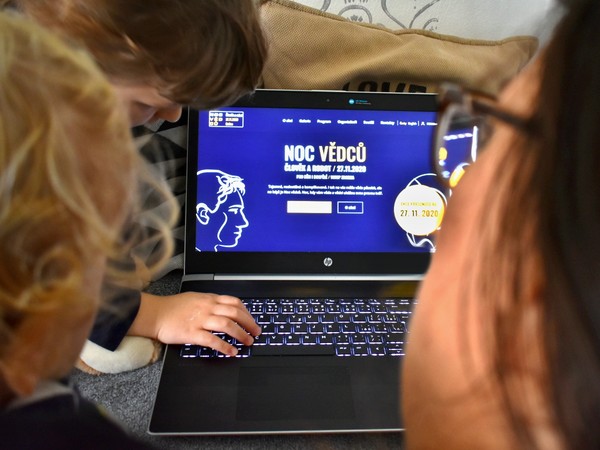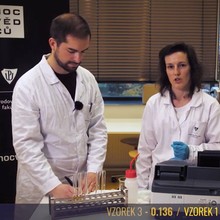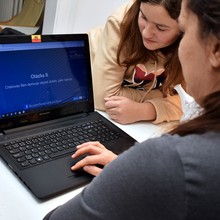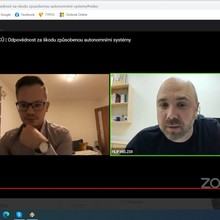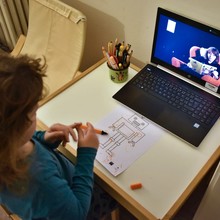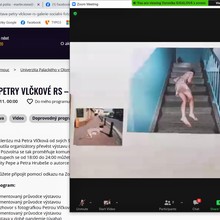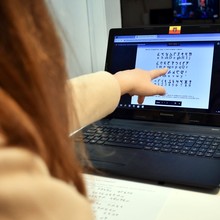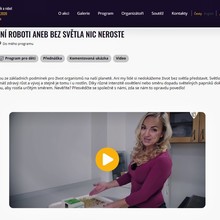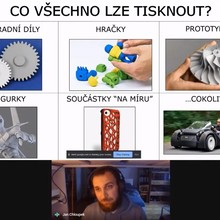More than 50,000 unique visits to the programme were recorded by the webmasters of the favourite popular science event Long Night of the Sciences, which had its online premiere on the last November weekend. Videos, virtual workshops, and other content prepared by experts from Palacký University appeared on more than 1,700 computer screens and mobile phone displays on Friday evening.
“Attendance at Friday’s Long Night of the Sciences nicely surprised us, especially when we consider that the content will be available on the website for another month. Just a day later, on Saturday, another 5,000 visitors appeared on the event’s website,” said Ondřej Martínek from the Communications Office of the UP Rector’s Office, coordinator of the Olomouc programme.
More than 100 universities, science centres, libraries, and other institutions took part in this year’s Long Night of the Sciences. From the comfort of their homes, those interested could view or download a total of 900 popular science materials: videos, virtual workshops, guided tours, discussions, contests, and worksheets. The largest share in the programme was held by Palacký University, whose departments contributed a hundred materials to the total offer.
In their videos and live lectures, experts from Palacký University offered a variety of perspectives on the central theme Humans and Robots – such as showing how robots help scientists at work or offering the audience an opportunity to compare how their senses perceive reality in comparison to laboratory equipment. Filip Melzer of the Faculty of Law had an interesting lecture on liability for damage caused by autonomous systems, while the staff of the UP Library read literature with robot themes. Even a fun quiz for the whole family was swarming with robots, and those who wanted could try to read Asimov’s laws of robotics in Klingon.
However, the Olomouc programme did not concern robots only; for example, those interested could try a series of experiments with Fort Science, comment on the exhibition “MS (Multiple Sclerosis)” by Petra Vlčková in the Gallery of Social Photography, or find out what is being researched in the Light Lab at the Department of Psychology. Also, the UP Faculty of Physical Education offered great tips on stretching exercises during such a long night full of facts and fun spent at the computer screen.
The materials published online are still available on the Long Night of the Sciences website until the end of the year. So whoever has not had time to go through all the content by Palacký University (and others) has a whole month to do so. “This is a great opportunity to see how science is being done, and not only here in Olomouc, but also elsewhere in the Czech Republic. That’s true even for us, organisers, since we can not only compare what others are doing but, above all, inspire each other,” added Martínek.
Visitors to the website can send feedback to the organisers on how they liked the first online Long Night of the Sciences – via a questionnaire HERE.
